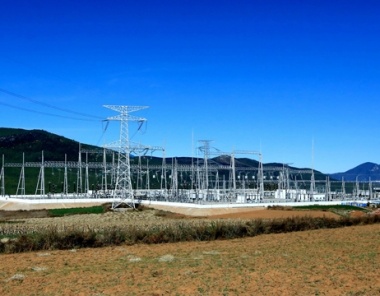Business park
2025-07-11
Implementing an anti-drone system for business park security is a proactive approach to mitigate potential threats posed by unauthorized or malicious drones. Here are some key considerations and components for developing such a system:
1.Threat Assessment
Identify Risks:Evaluate potential risks associated with drone incursions, such as corporate espionage, privacy violations, or safety hazards.
Determine Vulnerable Areas: Identify critical infrastructure, sensitive data centers, or areas with high-value assets that require protection.
2.System Components
Detection Systems:
Radar:Use radar systems to detect drone activity over a wide area.
RF Sensors:These detect the radio frequencies emitted by drones and their controllers.
Optical Sensors: Cameras equipped with AI can identify drones visually and track their movements.
Acoustic Sensors: These can detect the sound of drone propellers.
Tracking Systems:
Integration with CCTV:Use existing security cameras to monitor drone activity and maintain real-time surveillance.
Data Fusion: Combine data from various sensors for comprehensive situational awareness.
Mitigation Measures:
Jamming Devices: RF jammers can disrupt the communication between the drone and its operator, causing it to return to its home point or land.
Drone Capture Systems:Employ nets or other capture technologies to physically remove drones from the air.
Interceptors: Utilize small drones to intercept and neutralize unauthorized drones.
3. Regulatory Compliance
Understand Local Laws: Familiarize yourself with local regulations regarding drone usage and anti-drone technologies to ensure compliance.
Privacy Considerations: Implement measures to protect the privacy of individuals and businesses within the park.
4. Integration with Existing Security Infrastructure
Centralized Security Management:Integrate the anti-drone system with the business park's existing security management systems for streamlined operations.
Training for Security Personnel:Provide training for security staff on how to respond to drone threats and operate anti-drone technologies.
5.Response Protocols
Incident Response Plan:Develop a clear plan outlining steps to take in the event of a drone threat, including communication protocols with law enforcement.
Regular Drills:Conduct drills to ensure that all security personnel are familiar with the response protocols and equipment.
6.Monitoring and Maintenance
Continuous Monitoring: Implement a system for ongoing monitoring of drone activity and system performance.
Regular Maintenance:Schedule routine maintenance for detection and mitigation systems to ensure reliability and effectiveness.
7.Community Engagement
Educate Tenants:Provide information to businesses within the park about the anti-drone measures and encourage them to report suspicious drone activity.
Collaboration with Local Authorities:Work with local law enforcement and aviation authorities to enhance overall security.
8.Cost Considerations
Budgeting: Assess the costs associated with purchasing, installing, and maintaining an anti-drone system.
Return on Investment: Evaluate the potential savings from preventing losses due to drone-related incidents.
By carefully considering these elements, a business park can effectively implement an anti-drone system that enhances security and protects its assets and occupants from potential drone-related threats.
← Prev Post
cultural and sports facilities
Next Post →
Related Info










